Are you wondering how you can have your voice heard by the Supreme Court of India? As a concerned citizen, I was motivated to find a way to send my suggestions, so in this post, I will share the exact process and steps you need to follow. From understanding protocol to fine tuning your communication, this guide will lead you every step of the way. Uncover how you can make your voice count and potentially influence the highest court in the country. Let's embark on this journey together!
 7
Aug
7
Aug
India is a large and populous country with a population of 1.3 billion people. The average age of the Indian people is 27.8 years, and is expected to rise to 37.6 years in 2025. The median age of the population is 28, and the population of those aged 0-14 is 24.4%, while those aged 65 and over is 6.4%. The population growth rate is 1.2%, and the population pyramid is wide at the base and narrow at the top. Keywords: India, Average Age, Population, Growth Rate.
 30
Jul
30
Jul
Well, folks, in the kaleidoscopic world of Indian law, there's more than just a pinch of spice! If a woman lands a punch on a man, the man can indeed take legal action. Under Section 354 of the Indian Penal Code, the man can file a case for assault or criminal force intending to outrage modesty. Also, under Section 323, the man can file a case for voluntarily causing hurt. So gents, if you end up on the wrong side of a lady's fist, remember, the law isn't just a dish best served cold, it's also served with a side of justice!
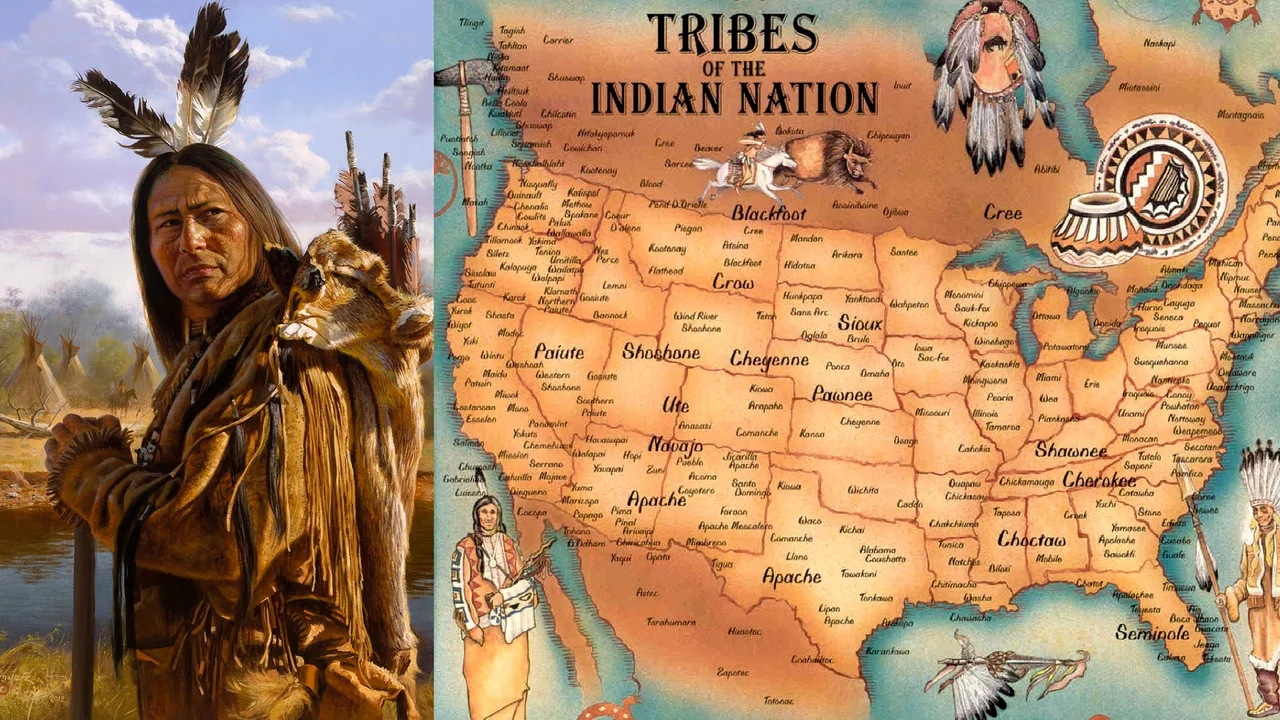 26
Jul
26
Jul
Yes, there are indeed Native American Reservations in California. In fact, the state is home to more than 100 federally recognized tribes, each with their own reservations or rancherias. These communities, spread across the state, maintain their own tribal governments and cultural practices. Some of the largest reservations include the Agua Caliente Reservation and the Morongo Reservation. It's a fascinating aspect of California's cultural diversity that I feel more people should know about.
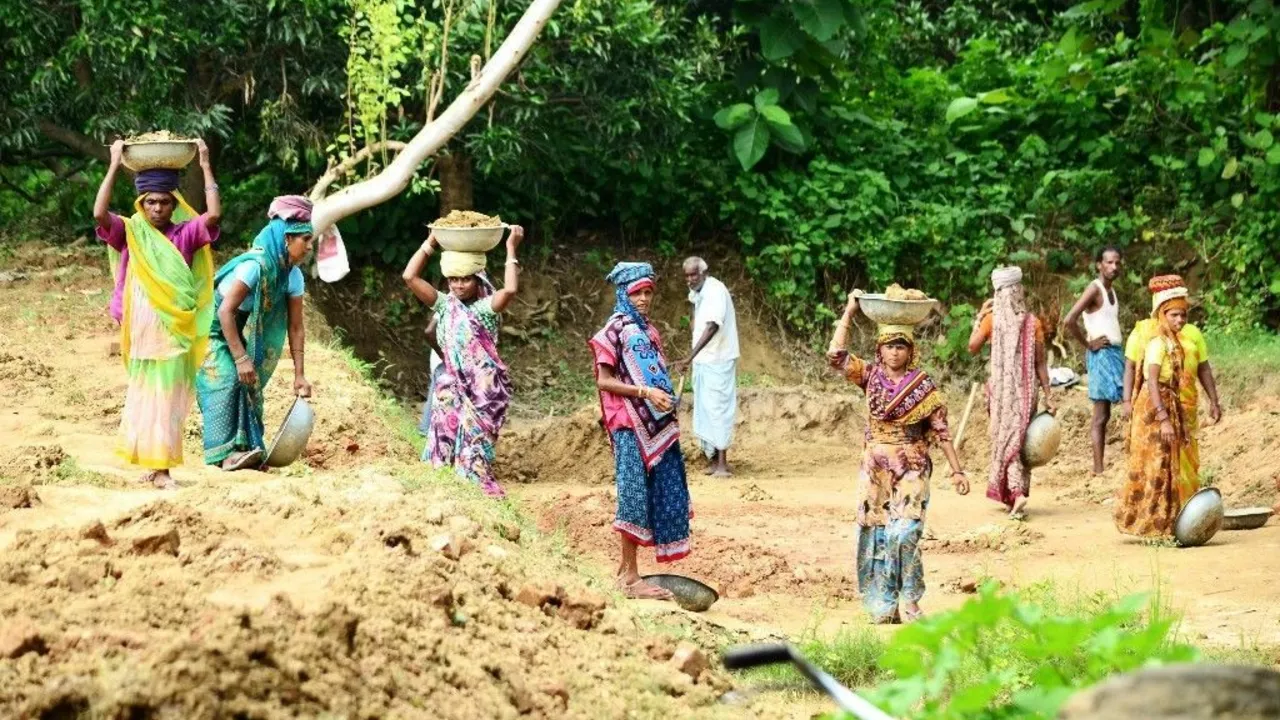 23
Jul
23
Jul
Life as an Indian is an enriching experience filled with a blend of diverse cultures, languages, and traditions. Being an Indian, I'm proud of our deep-rooted heritage and rich history that spans thousands of years. Our daily life is a vibrant mix of modernity and tradition, with festivals, food, music, and dance playing a pivotal role. The spirit of unity in diversity is truly embodied in India, despite the myriad of religions and customs. Living in India means being part of a dynamic, fast-growing economy while staying rooted in age-old traditions.
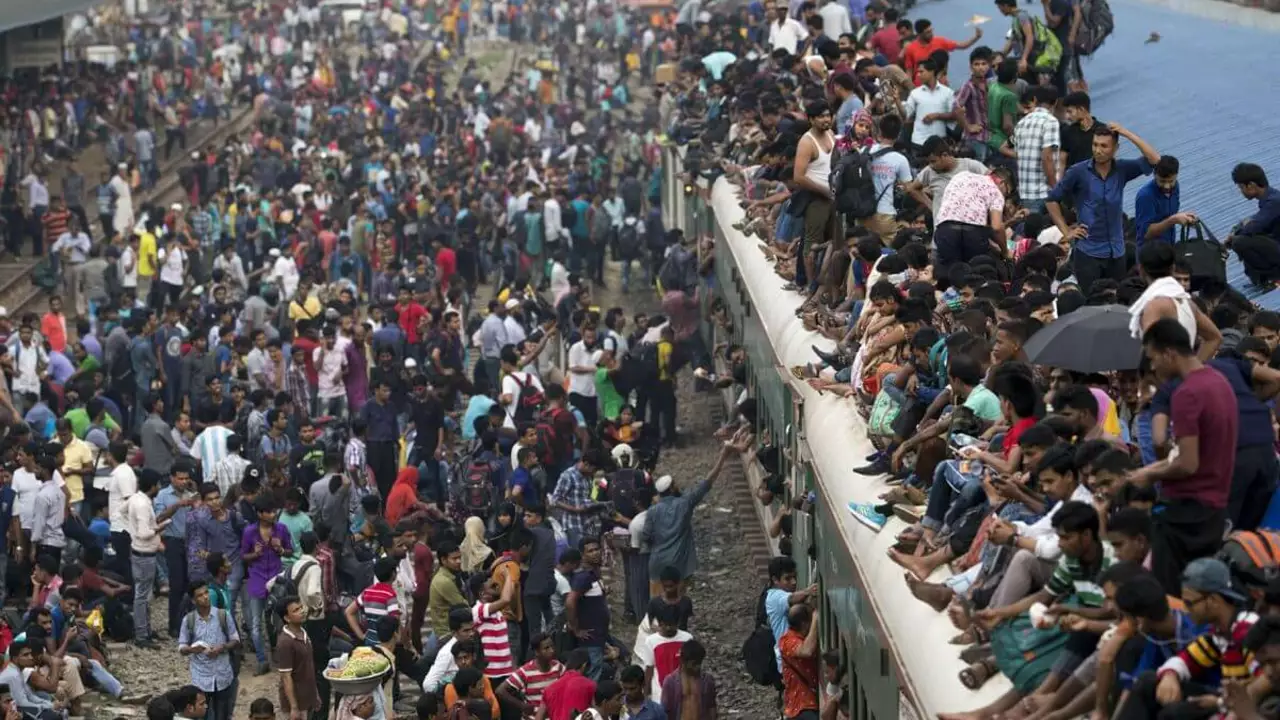 18
Jul
18
Jul
India's population boom can be attributed to a few key factors. Firstly, high fertility rates in the past have created a 'population momentum'. Secondly, improvements in medical technology and healthcare have led to increased life expectancy. Lastly, traditionally, larger families are often seen as a source of economic and social security. So, in a nutshell, a combination of historical, cultural, and technological factors have contributed to India's high population.
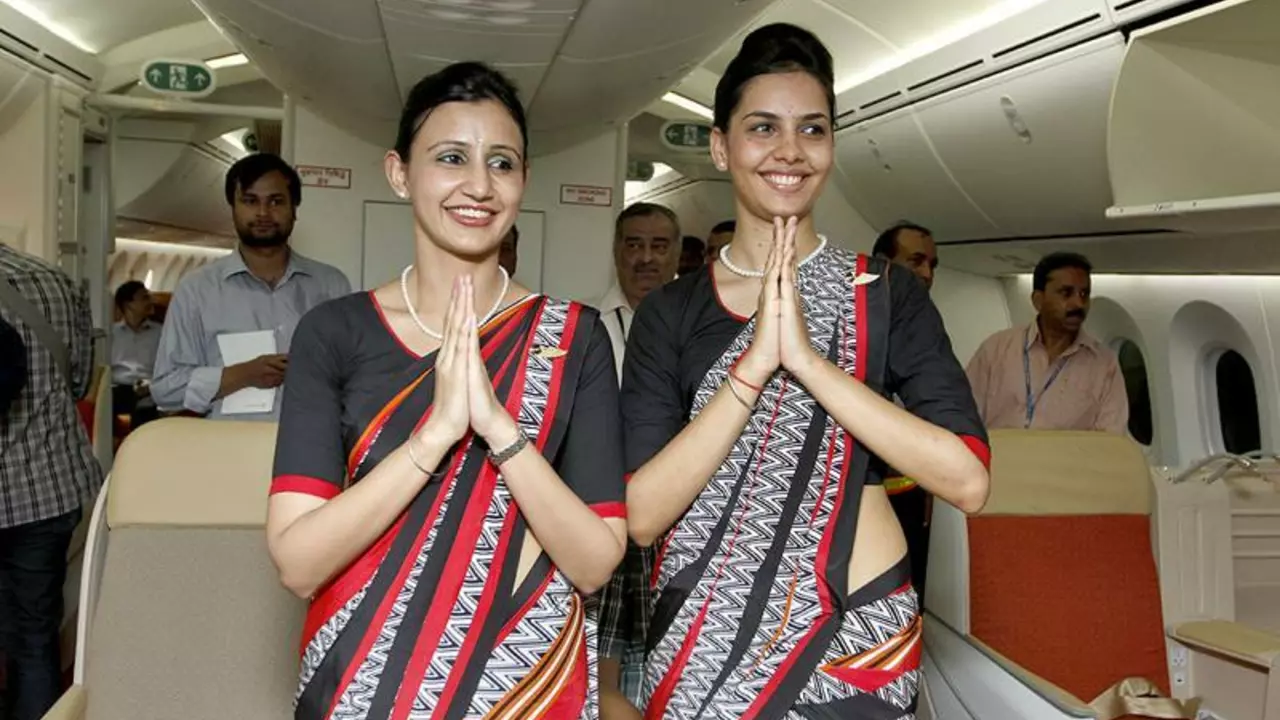 11
Jul
11
Jul
In my research, I discovered that Air India is indeed a government body. It's actually the nation's flag carrier airline and is owned by the Government of India. This means it's essentially managed by the state and operates under the authority of the Indian government. It's interesting to note that Air India was once a private company, but it was nationalized back in 1953. Despite some challenges, it continues to be a significant player in India's aviation industry.
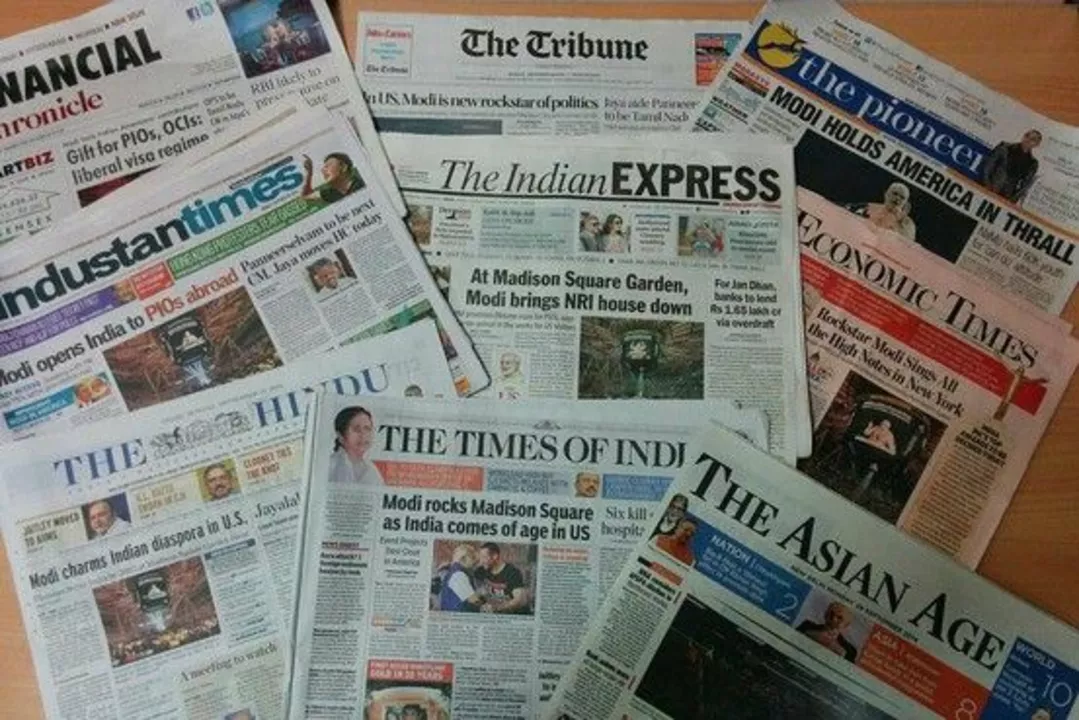 30
Apr
30
Apr
I recently discovered that the first Hindi newspaper was launched way back in 1826. It was called "Udant Martand" which translates to "The Rising Sun". The newspaper was founded by Pandit Jugal Kishore Shukla, who was a prominent scholar and journalist. It's fascinating how this publication marked the beginning of Hindi journalism in India. I can only imagine the impact it had on the Hindi-speaking population at that time, giving them access to information and news in their own language.
 29
Mar
29
Mar
Are you a software engineer in the US and feeling like you're wasting your life? You're not alone! Many software engineers feel overwhelmed and underutilized, and struggle to feel a sense of accomplishment and fulfillment with their chosen career. But don't give up hope! With a few simple steps, you can turn your software engineering career into a source of pride and personal satisfaction. Take the time to reflect on your current job and identify areas of improvement. Leverage your tech skills to create something others can benefit from. And don't forget to take time to relax and recharge. With the right attitude and a bit of effort, you can make your software engineering career a success.
 13
Mar
13
Mar
Spices are a critical part of Indian cuisine, providing unique flavors and aromas that bring out the best in dishes. Without spices, Indian food is incomplete and lacks the vibrant, complex flavors that make it such a beloved cuisine. From hot chilies to aromatic cumin and cardamom, the combination of spices gives Indian dishes their unique flavor. Spices also impart their own health benefits, including antioxidant, anti-inflammatory and digestive properties. For me, Indian food is simply not the same without its signature spices, and eating it without them is like eating a dull and tasteless dish.
